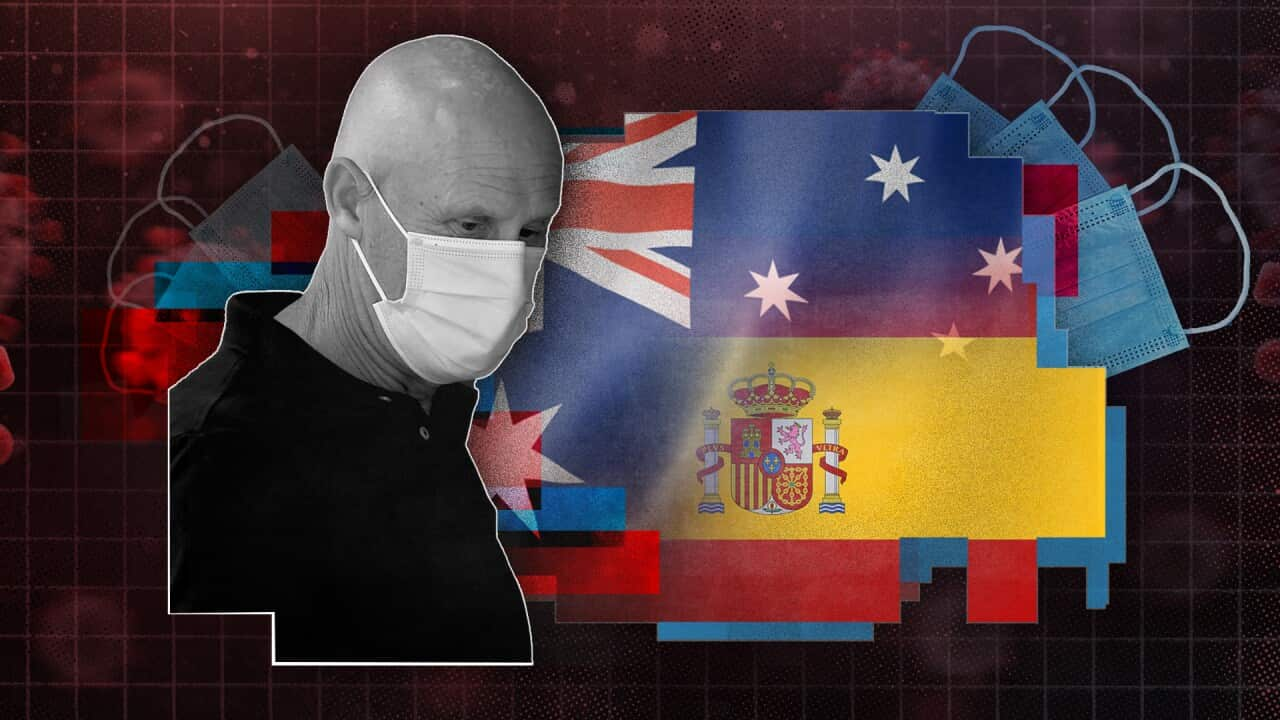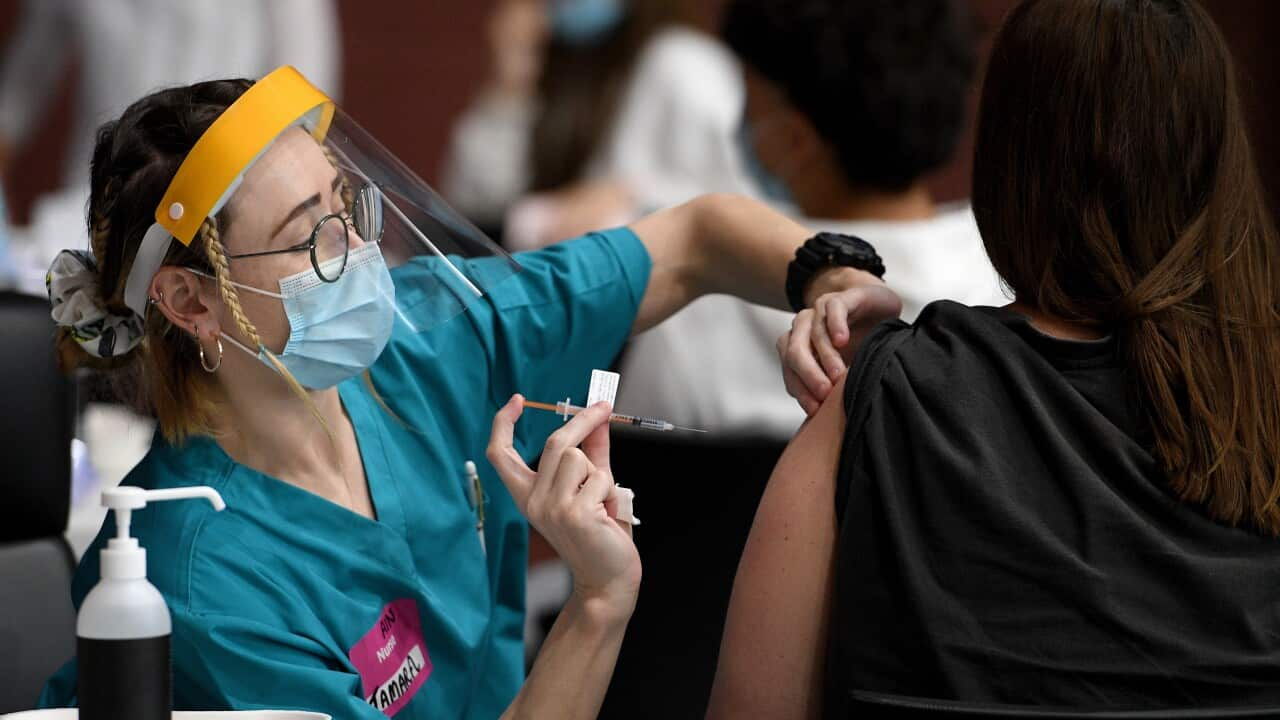Once a pandemic hotspot, Spain has started treating COVID-19 the same as the common flu, and experts say Australia is not far behind, but mask rules may slow down the country’s COVID-19 recovery.
Spain announced dramatic changes to its pandemic policies on Monday.
Suspected cases are no longer required to get tested, while mandatory isolation of positive cases has also been removed.
Only those at particular risk (people over 60 and those with immune deficiencies) and certain groups (such as pregnant women and healthcare workers) will have to follow the testing and isolation requirements.
Mask mandates, however, continue across Spain, with people required to wear them in public indoor areas and on public transport.
Experts in Australia — including professor of epidemiology at the University of Melbourne Tony Blakely — believe that while the country is following a similar trajectory, it’s not quite there yet.
“Spain is starting to treat COVID just like the flu. We’re not there yet because we’ve still got Omicron BA.2 washing through and we can’t relax that much yet,” Professor Blakely told SBS News.
“Australia might get to a similar place as Spain in maybe four weeks or something like that,” he said.
How far away is the BA.2 peak?
University of South Australia Professor Adrian Esterman, who was formerly a consultant for the World Health Organization, said different parts of Australia will reach the BA.2 peak at different times.
“The ACT has got an effective reproduction number below one now, so that presumably has reached a peak,” Professor Esterman told SBS News.
Effective reproduction number, or R, is a way of measuring the transmissibility of an infection, representing the average number of people the disease could be passed on to by an infected person.
If R is above one, the infection will spread, but if it’s under one, it will gradually fizzle out.
Professor Esterman said NSW, Victoria and South Australia — with an R of 1.02, 1.06 and 1.09 respectively — are the closest to reaching the BA.2 peak.
Both Tasmania and Queensland (R of 1.12), WA (R of 1.14) and the Northern Territory (R of 1.19) are the next cabs off the rank, he said.
The question of masks
But even after BA.2 peaks in Australia, experts say, mask requirements in the country will hinder the pace of its COVID-19 recovery.
Clinical epidemiologist Nancy Baxter pointed out a key difference between what’s happening in Spain compared to Australia.
“One of the big things [in Spain] is the continued requirement for mask-wearing in indoor public spaces,” she told SBS News.
In contrast, wearing masks in most indoor settings is not mandatory in most jurisdictions in Australia, including NSW, Victoria, Queensland, Tasmania, the Northern Territory and the ACT.
Masks are still required in indoor settings in Western Australia and South Australia, but the latter is about to phase them out on 14 April.
“Relaxing isolation rules for folks who have tested positive has entirely different implications if mask-wearing remains mandated,” Professor Baxter said.
Professor Esterman agreed, saying removing mask mandates is not a sensible idea.
“This sends a message to the general public that the pandemic is over and life can go back to normal,” he said.
But that’s not the case, he said, adding a new variant of COVID-19 may come along at any time.
“There’s already a new variant, which is now under monitoring. It’s called DeltaChrome. It has the body of Delta and the spike of Omicron, which – theoretically – makes it as transmissible as Omicron and as nasty as Delta,” he said.
“Now, luckily, there’s only been a few cases around the world and there’s no evidence that it’ll take over from Omicron,” Professor Esterman said, adding the pandemic will only really be over once we have generic vaccines that offer wide-spectrum protection against all current and future variants of COVID-19.
“Those vaccines are in the pipeline. In the next couple of years, there’s a very high chance we will have one of these. But we have to be wary over the next few months if not a couple of years,” he said.
Stock up on masks
Until then, Professor Blakely said, Australia needs to stay vigilant.
“The two biggest policy failures of this pandemic have been the lack of purpose-built quarantine facilities and that somebody forgot to order the rapid antigen tests last year,” he said.
“We don’t want to repeat that. So I think we should be stockpiling N95 and KN95 masks in case we get a bad variant coming up later this year.
“Because those masks really do work better than cloth masks and [using them] might mean we can keep functioning reasonably normally without going into a lockdown,” he said.


